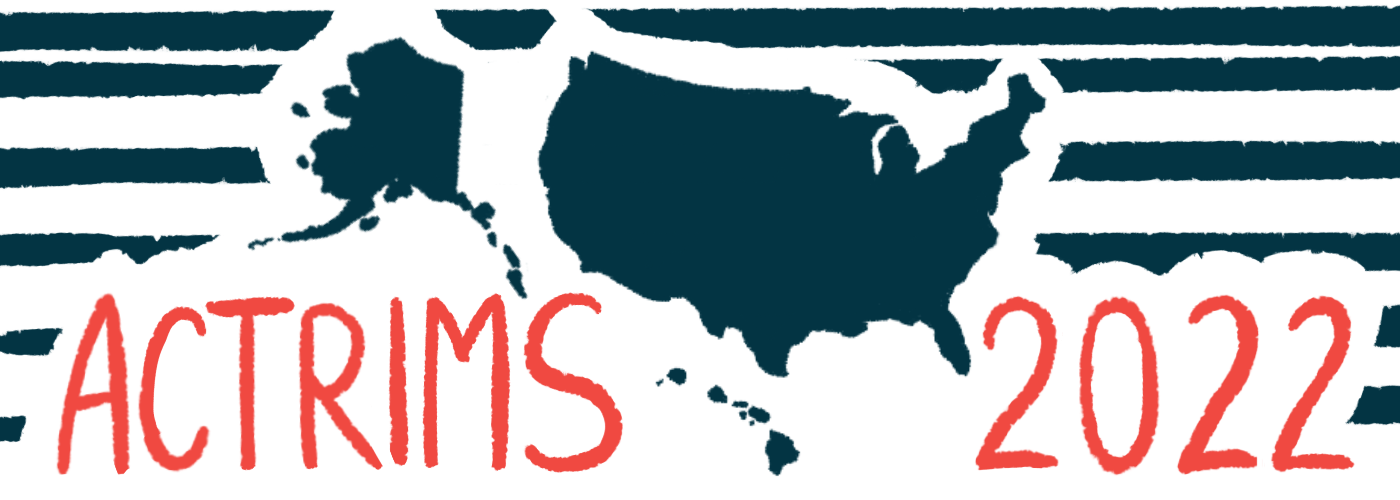#ACTRIMS2022 – Ublituximab Eases Brain Lesions Better Than Aubagio
Written by |

The experimental medication ublituximab significantly reduces the number of new brain lesions with severe nerve cell degeneration in people with relapsing multiple sclerosis (MS) as compared with Aubagio (teriflunomide), according to new data from the Phase 3 ULTIMATE clinical trials.
The findings showed that ublituximab induces a rapid and sustained reduction in the number of B-cells, a type of immune cell that drives inflammation, in people with MS. Moreover, neutralizing antibodies were identified in only a small proportion of ublituximab-treated patients — and these antibodies did not seem to impact B-cell depletion or relapse rates.
The findings were presented in a trio of posters at the Americas Committee for Treatment and Research in Multiple Sclerosis (ACTRIMS) Forum 2022. The research was sponsored by TG Therapeutics, the company developing the treatment candidate.
“We are excited to share three new data presentations from the ULTIMATE I & II Phase 3 trials at the ACTRIMS annual forum,” Michael Weiss, TG’s chairman and CEO, said in a press release.
These data “continue to highlight the benefits of ublituximab as a potential treatment option for patients with” relapsing MS, Weiss said.
Ublituximab is an anti-CD20 antibody therapy that works mainly by killing B-cells. It is currently up for approval as a treatment for relapsing forms of MS in the U.S., with a decision expected in late September.
The ULTIMATE 1 (NCT03277261) and ULTIMATE 2 (NCT03277248) Phase 3 clinical trials tested ublituximab against Aubagio, an approved oral MS therapy made by Sanofi Genzyme, in a total of 1,094 relapsing MS patients.
About 98% of participants had relapsing-remitting MS, while the remaining had active secondary progressive MS. In both trials, patients were randomly assigned to receive either ublituximab or Aubagio for 96 weeks, or about two years.
In one ACTRIMS presentation, scientists at TG and other institutions presented data on how treatment with ublituximab affected B-cell levels in the ULTIMATE trials. The poster was titled “Pharmacodynamics of B-Cell Depletion and Pharmacokinetics of the Novel Anti-CD20 Monoclonal Antibody Ublituximab in Patients With Relapsing Multiple Sclerosis.” Of note, pharmacodynamics is what a medication does to the body, while pharmacokinetics is the movement of a therapy into, through, and out of the body.
Results showed that treatment with ublituximab led to a rapid decrease in B-cell levels, with a 96.2% reduction just two days after starting treatment. B-cell levels remained low throughout the study in ublituximab-treated patients — at week 96, levels were on average 97.6% lower than at the study’s start.
Participants in the ULTIMATE studies had the option to enroll in an open-label extension (OLE), in which all would receive ublituximab. At the time of first dosing in the OLE, which was on average 55 weeks (about a year) after the last infusion with ublituximab, B-cell levels had risen to 23.8% of starting levels. But about a third of ublituximab-treated patients still had at least a 95% depletion on their B-cells at the start of the OLE.
The body’s immune system can sometimes mistake medicines like ublituximab as an infectious threat, triggering the production of anti-drug antibodies (ADAs) that target the medication. Some ADAs can stick to the therapy in a way that stops it from working; these are called neutralizing antibodies or NAbs.
In a separate poster at ACTRIMS, “Neutralizing Antibodies and Antidrug Antibodies in the Ublituximab Phase 3 ULTIMATE I and II Studies in Relapsing Multiple Sclerosis,” researchers reported on the development of ADAs and NAbs in the ULTIMATE trials.
Upon entering the studies, 2.4% of participants assigned to ublituximab tested positive for NAbs, and 17.8% were positive for ADAs. Over the course of the study, 6.4% of these patients tested positive for NAbs at any time, and 86.5% tested positive for ADAs at any time.
The researchers noted that ADAs and NAbs were generally less common over time: “The proportion of patients with TE [treatment-emergent]-NAbs and TE-ADAs declined after 24 weeks, with continued reductions at subsequent timepoints,” they wrote.
A battery of statistical analyses showed no difference in treatment outcomes — including relapse rates, B-cell depletion, and MRI-based measures of brain damage — based on ADA or NAb status.
In a third poster at ACTRIMS, scientists at TG and other institutions conducted an analysis of data from the ULTIMATE trials to assess the effect of ublituximab treatment on T1 hypointense lesions, which are indicative of severe, irreversible damage to nerve fibers.
The poster was titled, “Reduction in T1 Hypointense Lesions With Ublituximab vs Teriflunomide in the Phase 3 ULTIMATE I and II Studies in Relapsing Multiple Sclerosis.”
Results showed that treatment with ublituximab led to a significant reduction in the total T1 hypointense lesion volume after 96 weeks, by nearly fivefold, compared with Aubagio. Both Aubagio and ublituximab decreased the number of new T1 lesions, but that reduction was also more than three times greater with ublituximab.
“Significant reductions in both the volume and number of new T1 hypointense lesions were seen with ublituximab vs teriflunomide at 96 weeks,” the researchers concluded, adding, “These radiological findings support the clinical benefits of ublituximab in patients with relapsing multiple sclerosis.”
Editor’s note: The Multiple Sclerosis News Today team is providing in-depth coverage of the ACTRIMS Forum 2022 Feb. 24–26. Go here to see the latest stories from the conference.





